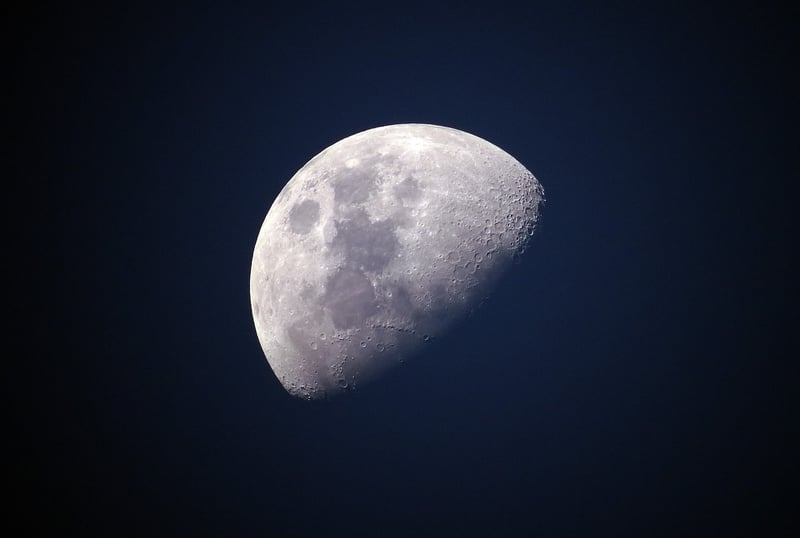Lunar Discoveries
Exploring Planets Within Our Reach + Lunar Discoveries
Introduction
As humans, our fascination with the mysteries of the universe has driven us to explore the vast reaches of space. In recent years, significant advancements in space technology have enabled us to learn more about planets within our reach and make remarkable lunar discoveries.
Planets Within Our Reach
Mercury, Venus, Mars, and Jupiter are some of the planets within our solar system that have piqued the interest of scientists and space enthusiasts alike. Each of these planets offers unique characteristics that make them fascinating subjects of study.
Mercury
Mercury, the closest planet to the Sun, has extreme temperature variations that have intrigued researchers. Probes like NASA's MESSENGER mission have provided valuable insights into Mercury's surface composition and magnetic field.

Venus
Venus, often called Earth's "sister planet," has a thick toxic atmosphere and surface temperatures that can melt lead. Missions like NASA's Magellan spacecraft have used radar to map Venus's surface and uncover its geological features.
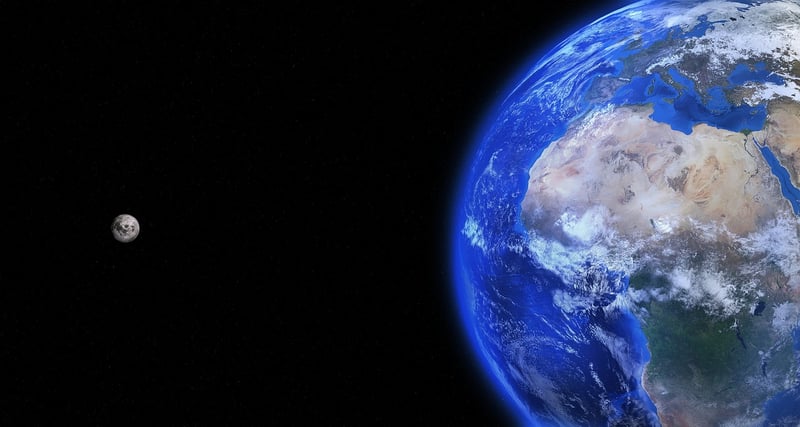
Mars
Mars, with its reddish hue, has captivated scientists due to the possibility of past water presence. Rovers such as NASA's Curiosity have roamed the Martian surface, analyzing rocks and soil to understand the planet's history.
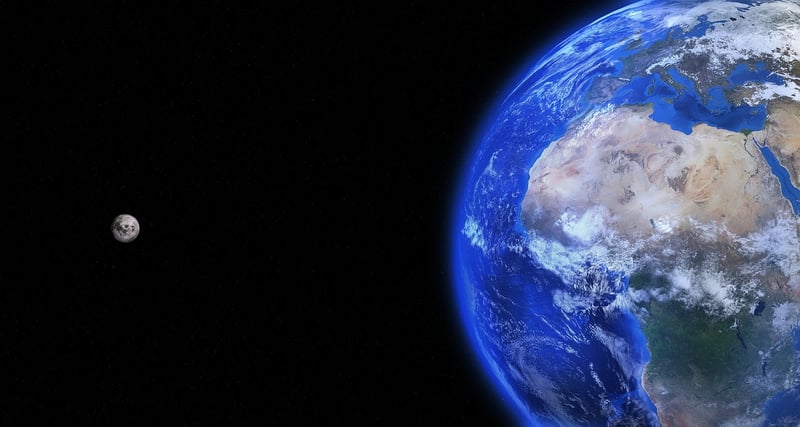
Jupiter
Jupiter, the largest planet in our solar system, has a dynamic atmosphere and intriguing moons. Spacecraft like NASA's Juno mission have studied Jupiter's magnetic field and atmospheric conditions, shedding light on its complex nature.
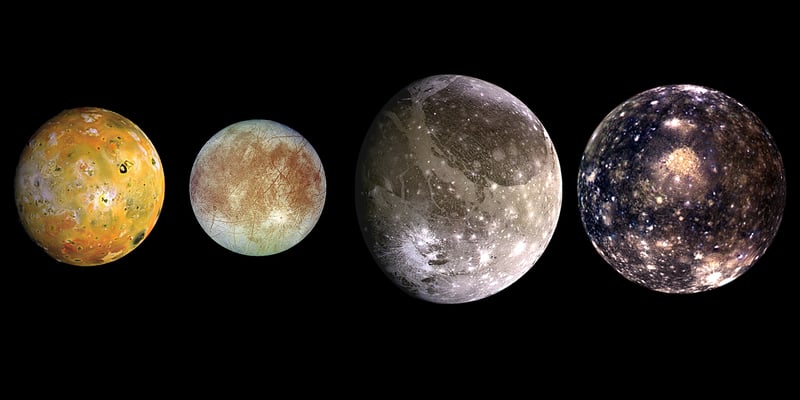
Lunar Discoveries
Our Moon, Earth's natural satellite, continues to be a subject of exploration and discovery. Recent missions have unveiled fascinating insights about the lunar surface and its history.
Moon's Surface
The Moon's surface is marked by craters, mountains, and plains, offering clues to its formation and evolution. Lunar missions like NASA's Apollo program and more recent lunar probes have collected samples and conducted experiments to understand the Moon's geology.

Water on the Moon
Recent discoveries have indicated the presence of water molecules on the Moon, challenging previous assumptions about its dry nature. Scientists are studying the origin and distribution of lunar water to comprehend its implications for future space exploration.
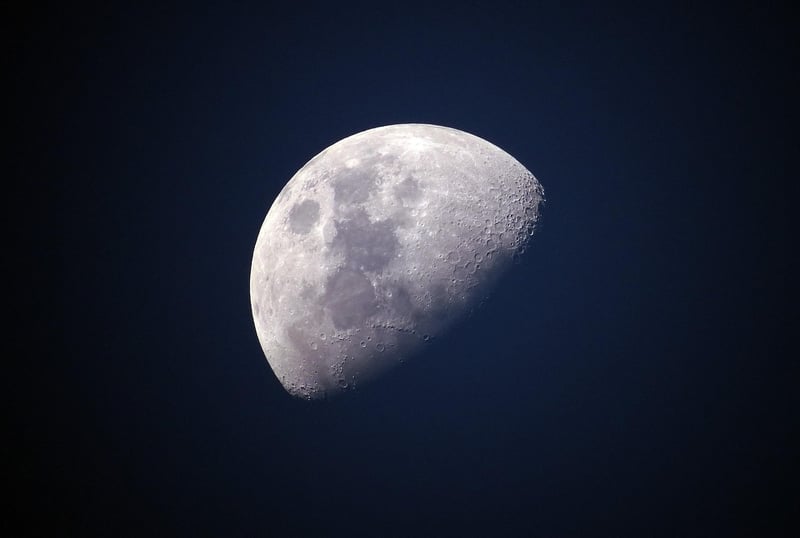
Conclusion
Exploring planets within our reach and making lunar discoveries not only expands our knowledge of the cosmos but also fuels our curiosity about the universe. With ongoing advancements in space exploration, we can look forward to uncovering more secrets hidden in the depths of space.
